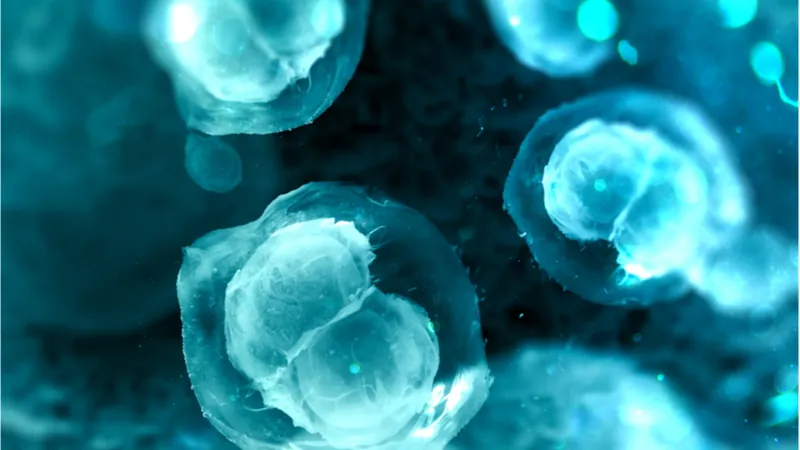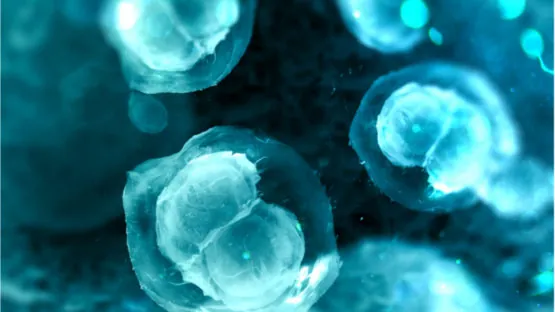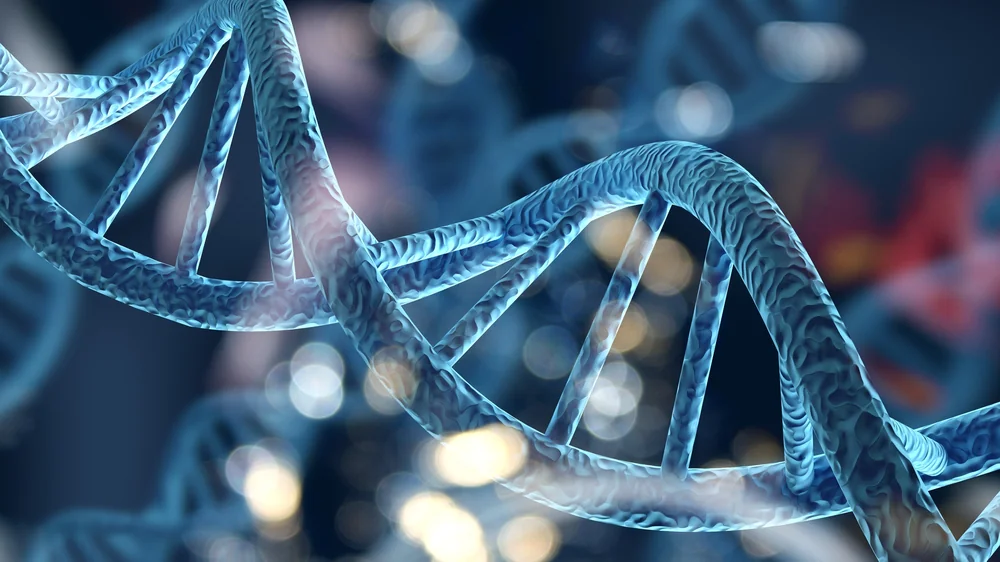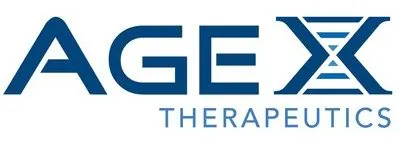A team of researchers, including Michael West of AgeX Therapeutics, has authored a review paper that posits a fundamental difference between “immortal” germline cells and “mortal” somatic cells.
The two types of cells
This review paper, which cites 175 other papers, goes back throughout history, discussing the very earliest scientific theories of aging. It talks about the concept of antagonistic pleiotropy, which is the idea that aging and its accompanying diseases are the result of evolutionary adaptations that favor young organisms’ ability to reproduce, regardless of how those adaptations harm them later in life, It also describes the “wear and tear” damage accumulation theory of aging, which was famously popularized by Dr. Aubrey de Grey and the SENS Research Foundation.
This paper acknowledges the effects of both antagonistic pleiotropy and damage accumulation in aging organisms. However, it also notes that the cellular germline is fundamentally immune to both of these effects. As supporting evidence, it describes organisms that do not exhibit senescence as well as the germline of all organisms, which it describes as “uncoupled from time”.
With this framework in mind, the ultimate goal of aging research is to bring the clock-uncoupled nature of germline cells to stem cells and somatic cells, thus resetting an organism’s age.
The Hayflick limit
As part of its historical journey, this paper describes the Hayflick limit, which is often (incorrectly) cited by opponents of aging research as a hard reason why most multicellular organisms cannot live indefinitely. We now know that the Hayflick limit is a downstream consequence of telomere attrition, which is listed in the Hallmarks of Aging as a primary hallmark.
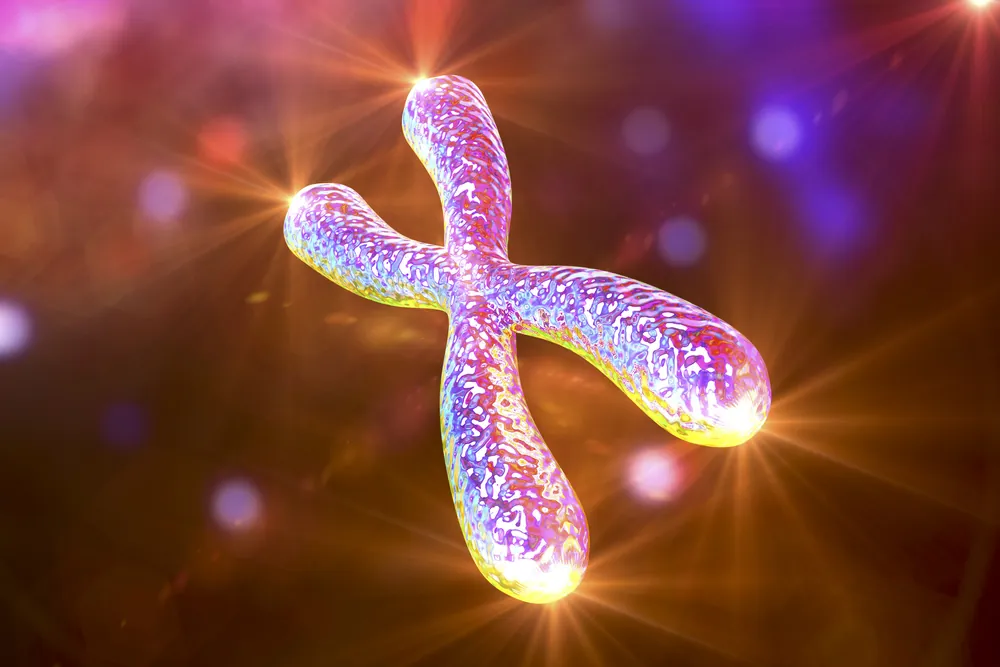
Read More
This paper points out that telomere attrition, which it describes as a telomere clock, only occurs in somatic cells, not in germline or pluripotent cells. This paper points out that telomere attrition is a cause of cellular senescence, a downstream hallmark of aging [1]. It highlights telomeres as one of the most fundamental differences between pluripotent cells and somatic cells.
Epigenetic alterations
Epigenetic alterations are also a primary hallmark of aging, and this paper points out that, while the epigenetics of germline cells do, in fact, change with age, they are reset upon fertilization [2]. This paper covers ground that we have frequently discussed on Lifespan.io, most notably the multi-tissue Horvath epigenetic clock, which has a median accuracy of under four years [3].
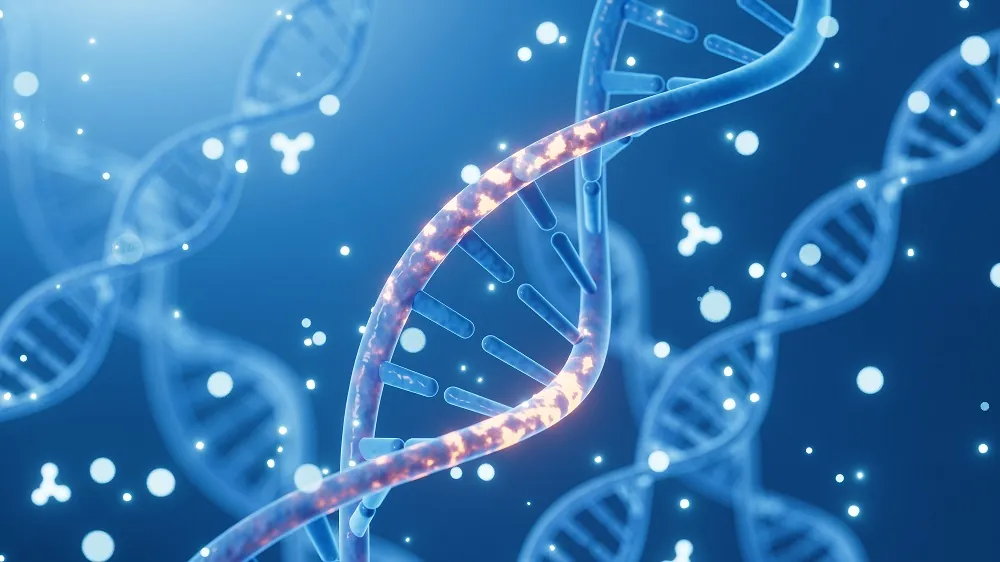
Read More
This review cites a paper, of which Dr. Horvath is also an author, showing that despite being in different states of differentiation, cells in the retina share the same epigenetic age [4]. Therefore, epigenetic age, unlike telomeres, is maintained across the organism; your somatic cells and stem cells are the same age according to this clock. On the other hand, if you receive a stem cell transplant from a young person, those cells and their daughter somatic cells are, epigenetically, the same age as their donor [5].
This review cites many instances of accelerated and decelerated epigenetic aging. People who are long-lived, unsurprisingly, enjoy a reduced epigenetic age compared to their chronological age [6], and, as we have pointed out before, lifestyle interventions have positive effects on epigenetic aging.
Transposable elements
The final clock discussed by this paper involves transposable elements, which are repetitive elements in the genome. Their location and prevalence represent genomic instability, another hallmark of aging. While they comprise 40% of the mammalian genome and are the result of endogenous retroviruses [7], most of these elements are inactive. The paper explains that their activation is often caused by double-strand breaks, a key element of genomic instability [8].
The paper also suggests a possible mechanism by which the germline is protected against this form of genomic instability. It mentions two types of non-coding RNA, including the PIWI-piRNA pathway, which may allow for the silencing of transposable elements and thus the indefinite proliferation of germ-line cells [9]. This pathway is found in non-senescent animals, such as the hydra, a marine creature that does not exhibit aging, and evidence has been uncovered linking this pathway to its supposedly indefinite lifespan [10].
The nature of the soma
The paper caps off its discussion of clocks and somatic cells by pointing out related facts about aging, such as its beginning at the embryonic stage of life. In fact, we lose half our telomere length before we are even born, and this rapid decine continues until the age of three [11]. Unsurprisingly, mammalian aging is highly variable; despite our close relation to chimpanzees, we live roughly four times as long as they do, and the naked mole rat exhibits negligible senescence [12]. Therefore, it is not unreasonable to believe that other species of mammals, such as human beings, may obtain the same ability.
Abstract
Multicellular life evolved from simple unicellular organisms that could replicate indefinitely, being essentially ageless. At this point, life split into two fundamentally different cell types: the immortal germline representing an unbroken lineage of cell division with no intrinsic endpoint and the mortal soma, which ages and dies. In this review, we describe the germline as clock-free and the soma as clock-bound and discuss aging with respect to three DNA-based cellular clocks (telomeric, DNA methylation, and transposable element). The ticking of these clocks corresponds to the stepwise progressive limitation of growth and regeneration of somatic cells that we term somatic restriction. Somatic restriction acts in opposition to strategies that ensure continued germline replication and regeneration. We thus consider the plasticity of aging as a process not fixed to the pace of chronological time but one that can speed up or slow down depending on the rate of intrinsic cellular clocks. We further describe how germline factor reprogramming might be used to slow the rate of aging and potentially reverse it by causing the clocks to tick backward. Therefore, reprogramming may eventually lead to therapeutic strategies to treat degenerative diseases by altering aging itself, the one condition common to us all.
Conclusion
As the researchers point out, the goal of aging research is to uncouple biological age from chronological age. The OSKM epigenetic reset is touted as a potential method for rejuvenating cells, and the paper goes into deep detail about how epigenetics may be restored back to a youthful state in living organisms as well as the health and social benefits for doing so. If we can harness these resetting abilities, which naturally occur in the germ line and in many other organisms, we can cross out epigenetic alterations, telomere attrition, and some aspects of genomic instability from our to-do list regarding the root causes of aging.
Literature
[1] Tchkonia, T., Zhu, Y., Van Deursen, J., Campisi, J., & Kirkland, J. L. (2013). Cellular senescence and the senescent secretory phenotype: therapeutic opportunities. The Journal of clinical investigation, 123(3), 966-972.
[2] Zeng, Y., & Chen, T. (2019). DNA methylation reprogramming during mammalian development. Genes, 10(4), 257.
[3] Horvath, S. (2013). DNA methylation age of human tissues and cell types. Genome biology, 14(10), 1-20.
[4] Hoshino, A., Horvath, S., Sridhar, A., Chitsazan, A., & Reh, T. A. (2019). Synchrony and asynchrony between an epigenetic clock and developmental timing. Scientific reports, 9(1), 1-12.
[5] Søraas, A., Matsuyama, M., de Lima, M., Wald, D., Buechner, J., Gedde-Dahl, T., … & Matsuyama, S. (2019). Epigenetic age is a cell-intrinsic property in transplanted human hematopoietic cells. Aging Cell, 18(2), e12897.
[6] Gutman, D., Rivkin, E., Fadida, A., Sharvit, L., Hermush, V., Rubin, E., … & Atzmon, G. (2020). Exceptionally long-lived individuals (ELLI) demonstrate slower aging rate calculated by DNA methylation clocks as possible modulators for healthy longevity. International journal of molecular sciences, 21(2), 615.
[7] Cordaux, R., & Batzer, M. A. (2009). The impact of retrotransposons on human genome evolution. Nature Reviews Genetics, 10(10), 691-703.
[8] White, R. R., & Vijg, J. (2016). Do DNA double-strand breaks drive aging?. Molecular cell, 63(5), 729-738.
[9] Sturm, Á., Perczel, A., Ivics, Z., & Vellai, T. (2017). The Piwi-pi RNA pathway: road to immortality. Aging cell, 16(5), 906-911.
[10] Teefy, B. B., Siebert, S., Cazet, J. F., Lin, H., & Juliano, C. E. (2020). PIWI–piRNA pathway-mediated transposable element repression in Hydra somatic stem cells. RNA, 26(5), 550-563.
[11] Sidorov, I., Kimura, M., Yashin, A., & Aviv, A. (2009). Leukocyte telomere dynamics and human hematopoietic stem cell kinetics during somatic growth. Experimental hematology, 37(4), 514-524.
[12] Buffenstein, R. (2008). Negligible senescence in the longest living rodent, the naked mole-rat: insights from a successfully aging species. Journal of Comparative Physiology B, 178(4), 439-445.

